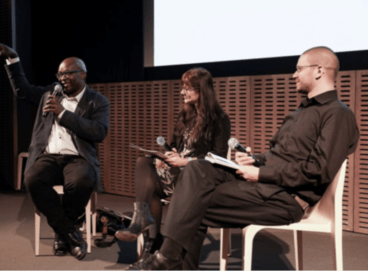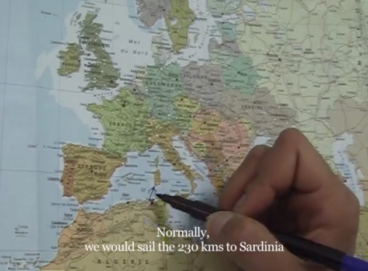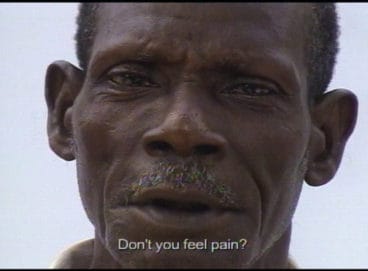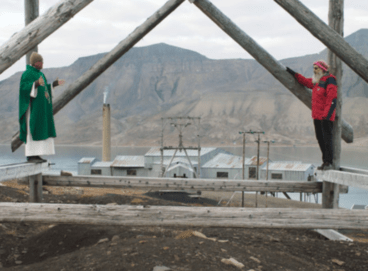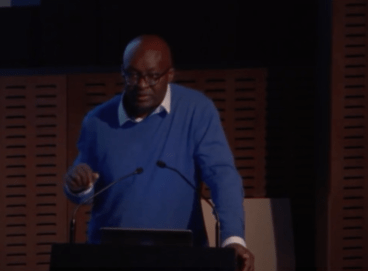“Global” is a word that is now frequently referenced in art discourses, just as the call to include an international perspective increasingly has become an articulated goal for art history and institutions. Nevertheless, what constitutes a global approach remains contested. To mark the 10th anniversary of Contemporary and Modern Art Perspectives (C-MAP), a self-described “global” program at MoMA, a symposium was organized to focus exactly on this issue: how is a global perspective actually achieved? Rather than taking a theoretical approach, a series of sessions sought to enact, and put pressure on, the practice of the global by juxtaposing different situated perspectives within a related or shared thematic framework — a methodology that elucidated both relationships and chance similitudes, but also allowed for translation to break down and for histories to be acknowledged as incommensurable. Emphasizing the plural “s” of Perspectives in the Initiative’s name (Contemporary and Modern Art Perspectives), the Multiplication of Perspectives proposed the impossibility of attaining a properly global view from one privileged position. The symposium thus underlined the importance of recognizing the plurality of viewpoints that any geographically-inclusive approach to the study and exhibition of art must necessarily entail.
The Multiplication of Perspectives, which took place in April 2019, brought together scholars, artists, and curators from around the world to engage publically with issues that have been taken up internally within the C-MAP research program over the last decade, while articulating a responsibility of the art museum to address questions of social and political importance in the present. A series of dialogues, forums, and keynote presentations addressed a diversity of topics that ranged from migration and circulation to climate crisis and justice. We have compiled these sessions on post, as individual videos, which will be regularly added here, until the full program is available in distinct chapters.
Zdenka Badovinac became the director of the Moderna galerija in Ljubljana during the wars for Yugoslav succession. In the two and a half decades since, she has been a powerful voice from the so-called “former East” in articulating a position for artists from post-socialist Europe within the contemporary global art infrastructure, where global most often means taking up models instigated in Western museums and exhibition spaces. In 2006 Badovinac curated the exhibition Interrupted Histories, which foregrounded the work of artists from Eastern Europe and the Middle East, and, in her accompanying catalogue essay she asked, “What are the implications of the absence of systematic historicization in spaces outside, or on the margins of, the West? […] How might the processes of such historicization be accelerated?”
Badovinac is amongst a group of curators and artists in Central and Eastern Europe that have actively been working to resituate and inscribe a history of art that accommodates artistic production in countries like the former Yugoslavia into “larger” art histories, while at the same time maintaining a critical stance towards this process.
In her keynote lecture, Badovinac introduces her concept of the “sustainable museum,” and explores possible translocal approaches to exhibition practice from the so-called periphery, nevertheless situated within the neoliberal global network of art museums and biennials.
Meghan Forbes
